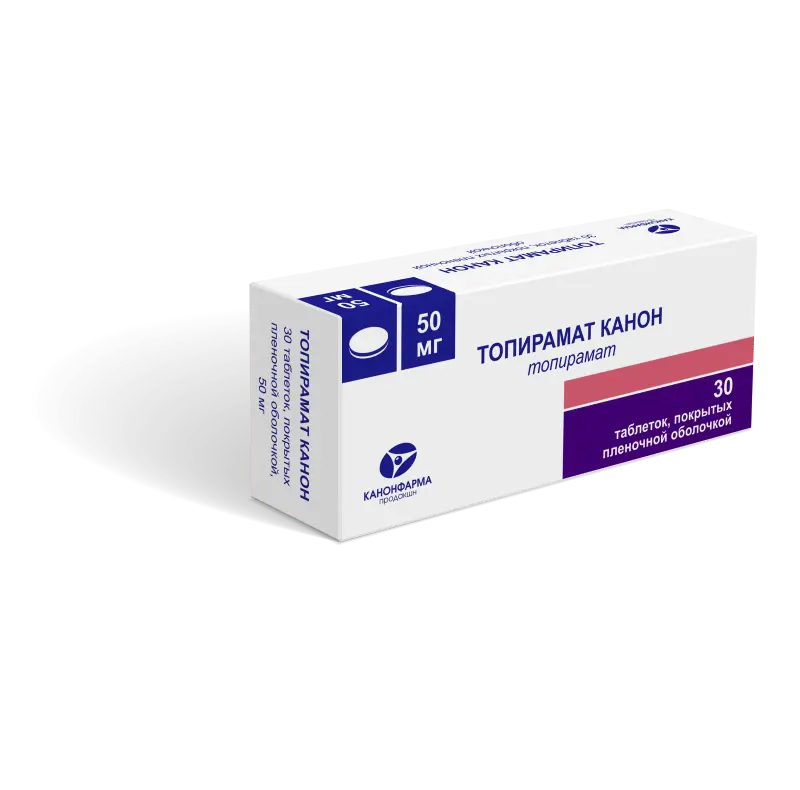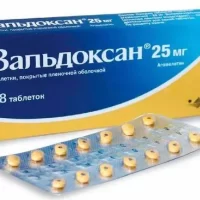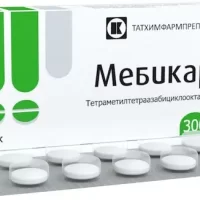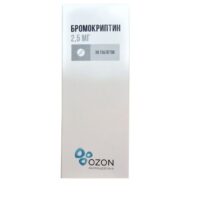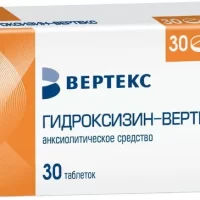Description
Topiramate-Canon Pharmacodynamics
Antiepileptic drug, belongs to the class of sulfate-substituted monosaccharides.
Topiramate decreases the frequency of action potentials, which are characteristic of the neuron in the state of persistent depolarization, indicating that the drug’s blocking effect on sodium channels depends on the state of the neuron. Topiramate potentiates GABA activity against several GABA-receptor subtypes (including GABAA-receptors) and modulates the activity of GABAA-receptors themselves, prevents kainat activation of kainate/AMPK receptor sensitivity to glutamate, does not affect N-methyl-D-aspartate activity against NMDA-receptors. These effects of topiramate are dose-dependent at plasma concentrations of topiramate between 1 μM and 200 μM, with minimal activity between 1 μM and 10 μM.
In addition, topiramate inhibits the activity of some carboanhydrase isoenzymes, but this effect is weaker in topiramate than in acetazolamide and does not seem to be the main one in the antiepileptic activity of topiramate.
Indications
Epilepsy: as monotherapy for initial treatment in patients over 2 years old – partial or primary generalized tonic-clonic seizures; as part of complex therapy in patients over 2 years old – partial or generalized tonic-clonic seizures and seizures against Lennox-Gastaud syndrome.
Migraine: prevention of migraine attacks in adults.
Contraindications
hypersensitivity to the components
hereditary intolerance to lactose
breastfeeding period
pregnancy
Children under 3 years of age in combination therapy
Children under 6 years of age in monotherapy
Prophylaxis of migraine episodes in pregnant women
Dosage and administration method
Individual, depending on indications, patient’s age, renal function and efficiency of carried out therapy.

